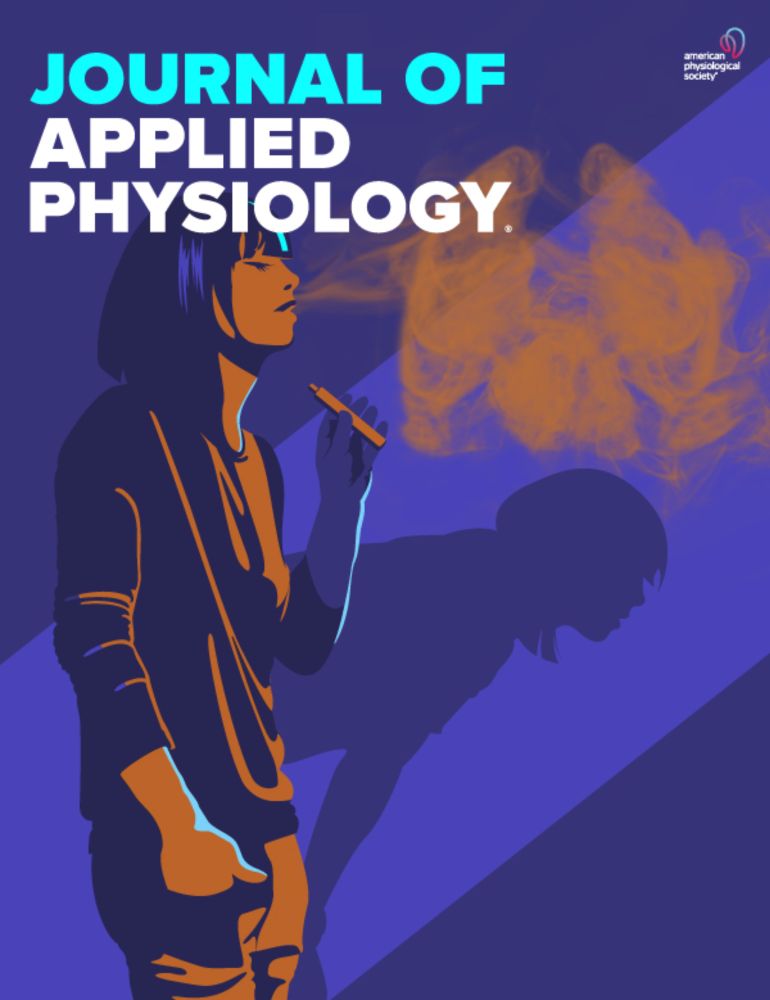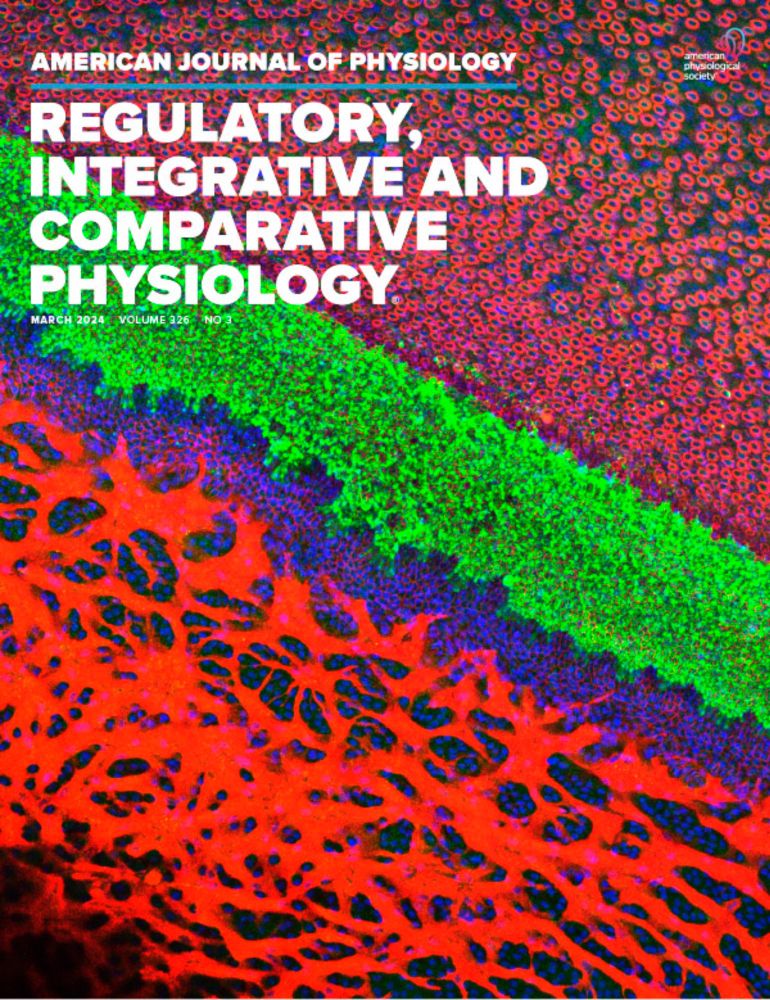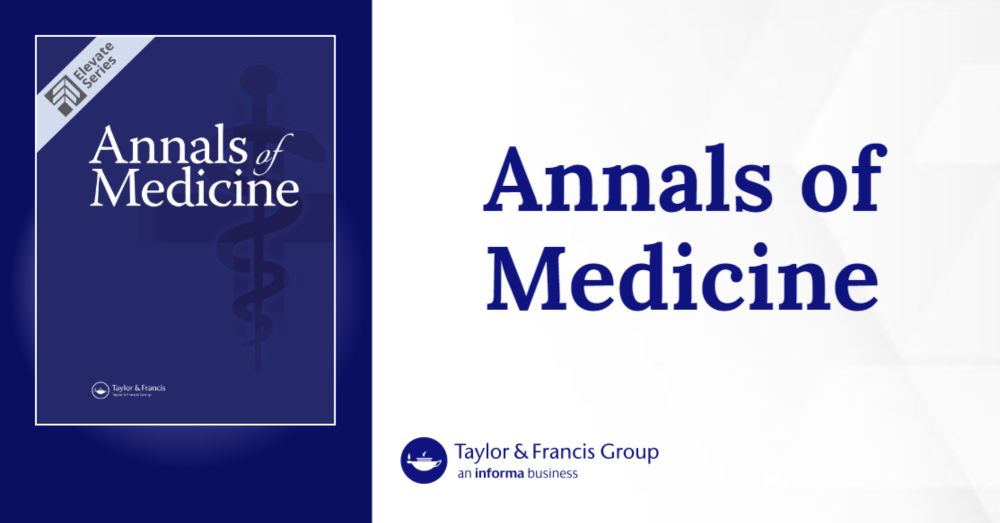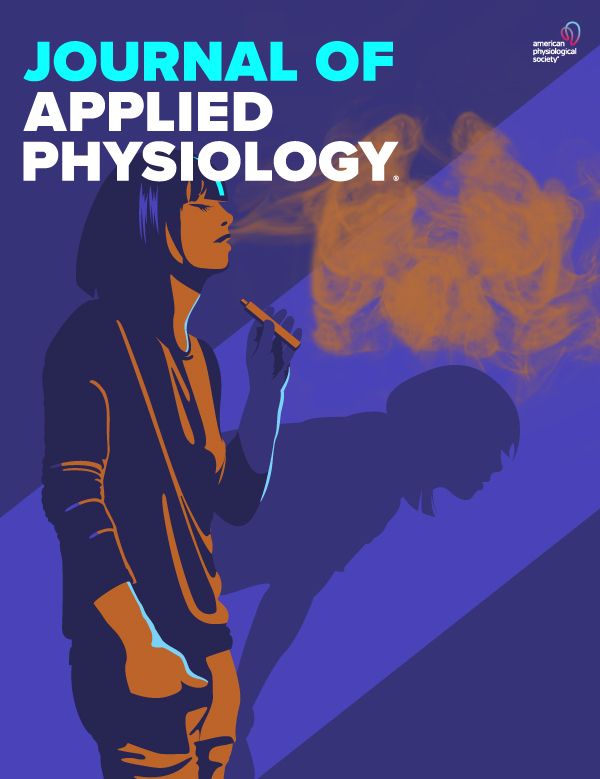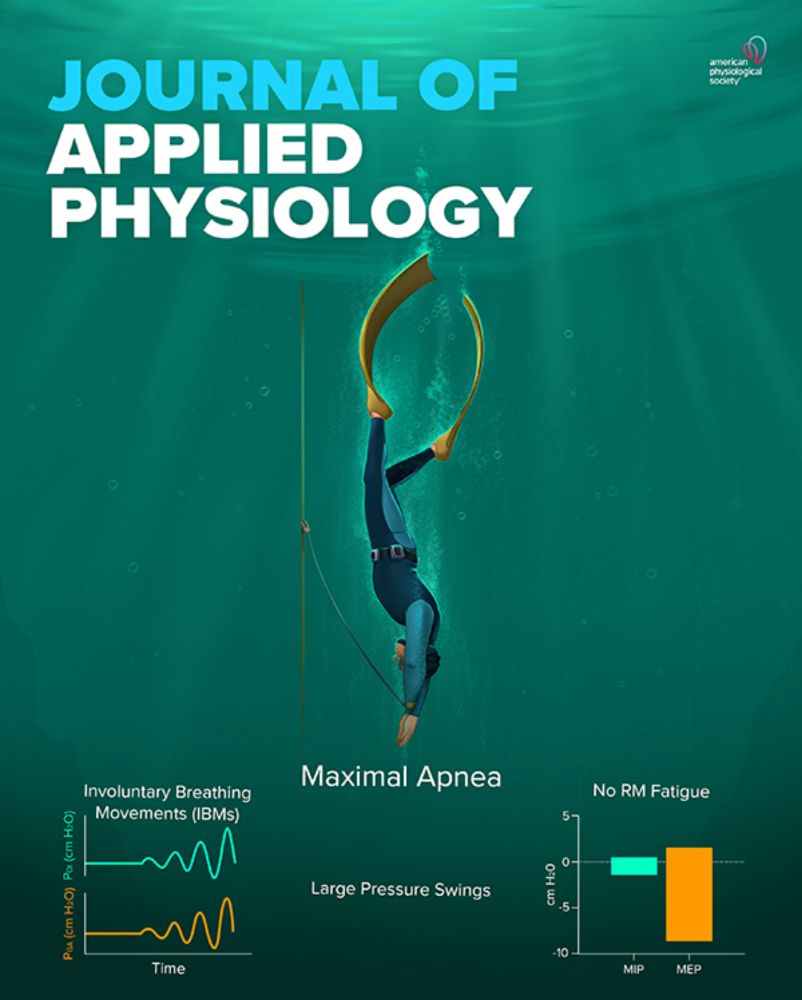
Directional sensitivity analysis of the cerebral pressure-flow relationship during normothermia and moderate hyperthermia | Journal of Applied Physiology | American Physiological Society
Dynamic cerebral autoregulation (dCA) reacts differently when mean arterial pressure (MAP) increases versus decreases (i.e. directional sensitivity). While heat stress alters dCA, its influence on directional sensitivity remains unclear. This analysis investigated the impact of moderate hyperthermia on the directional sensitivity in the cerebral pressure‐flow relationship. Ten healthy participants (7 males; age: 37 ± 12 yrs.; body mass: 75 ± 9 kg) underwent 6 min of oscillatory lower body negative pressure (OLBNP) to induce large MAP fluctuations, at 0.03 and 0.10 Hz under normothermic and moderately hyperthermic conditions (+1.0°C increase in core temperature) induced via a water‐perfused suit. We calculated changes in middle cerebral artery mean blood velocity (MCAv) per alterations to MAP to compute absolute and relative ratios adjusted for time intervals during each OLBNP‐induced MAP increases (ΔMCAvT/ΔMAPTINC; %MCAvT/%MAPTINC) and decreases (ΔMCAvT/ΔMAPTDEC; %MCAvT/%MAPTDEC). Thereafter, we compared average absolute and relative ratios. There was no main effect of MAP direction on ΔMCAvT/ΔMAPT or %MCAvT/%MAPT during either 0.03 Hz (P=0.291, P=0.281) or 0.10 Hz (P=0.295, P=0.178) OLBNP. Regardless of MAP direction, ΔMCAvT/ΔMAPTINC (0.65 ± 0.17 vs 0.84 ± 0.22 cm. s−1/mmHg), ΔMCAvT/ΔMAPTDEC (0.70 ± 0.15 vs 0.85 ± 0.18 cm. s−1/mmHg) (thermal state: P=0.009), %MCAvT/%MAPTINC (0.92 ± 0.22 vs 1.33 ± 0.60), and %MCAvT/%MAPTDEC (1.01 ± 0.27 vs 1.30 ± 0.51) (thermal state: P=0.001) were lower in hyperthermia at 0.03 Hz OLBNP. Regardless of thermal states, these findings suggest an absence of dCA directional sensitivity. Reduced directional sensitivity metrics during hyperthermia may indicate more efficient dCA at very low frequency.
Directional sensitivity analysis of the cerebral pressure-flow relationship during normothermia and moderate hyperthermia
journals.physiology.org/doi/abs/10.1...
30.03.2025 07:16 — 👍 1 🔁 1 💬 0 📌 0
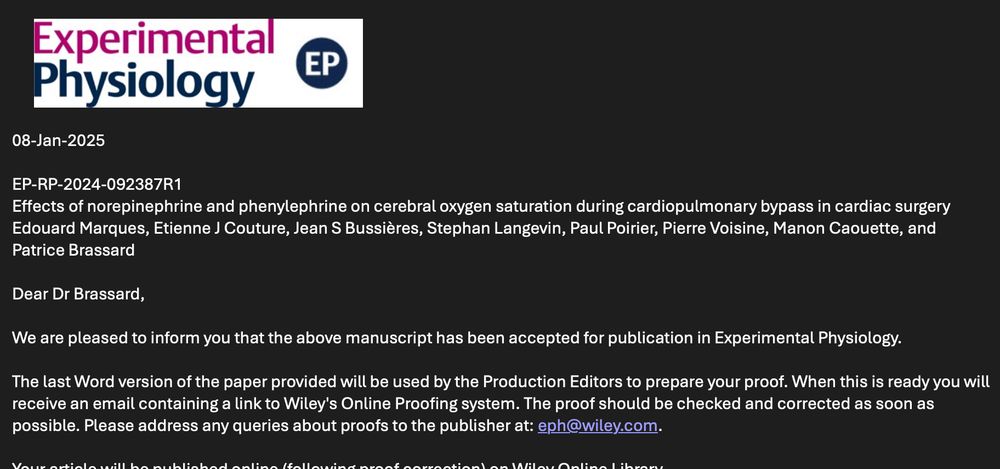
Great start to 2025! After the final submission of his MSc thesis a few weeks ago, grad student and resident in anesthesiology Edouard Marques has his manuscript accepted for publication in @expphysiol.bsky.social !
08.01.2025 13:24 — 👍 3 🔁 2 💬 0 📌 0
Awesome!
13.12.2024 05:59 — 👍 1 🔁 0 💬 0 📌 0
I am very excited to share our new paper in #JCBFM (journals.sagepub.com/doi/10.1177/...)! We show that targeting Na,K-ATPase-dependent #Src kinase activation can prevent cerebral hypoperfusion and ⬆️ (video) #neurovascular coupling in a 🐭model of familial hemiplegic #migraine.
Here is a summary 🧵
10.12.2024 12:09 — 👍 23 🔁 4 💬 3 📌 0
Home | Carnet
If you work in the field of cerebrovascular regulation (physiology, clinical, and/or measurement/modeling), check out the Cerebrovascular Research Network (CARNet), and consider becoming a member!
www.car-net.org
19.11.2024 18:51 — 👍 3 🔁 2 💬 0 📌 0
Doctoral Researcher | Exercise and Environmental Physiology
@KULeuven
BSc/MSc/PhD. School of Physical Education & Sports Science, NKUA
Strength & Conditioning
Detraining / Reduced Training Frequency
Athletic Development / Performance
NIHR Academic Clinical Lecturer in Geriatric Medicine at University of Leicester
Exercice physiologist interested in sympathetic nervous activity in the cerebral arteries
Follow us for the latest job opportunities in SPORT SCIENCE! Your Job Search, Made Easy! #jobsinsportscience #sportscience #jobs
PhD student at UNESP 🇧🇷 | MSc ExPhys JYU 🇫🇮 | studying aerobic interval training in cardiac rehab
Interdisciplinary research into cardiometabolic health and disease at the University of Copenhagen. https://cbmr.ku.dk/
See our Following list for CBMR scientists: https://bsky.app/profile/cbmr.science/follows
Research Assistant (Clemmensen Lab, Novo Nordisk Center for Basic Metabolic Research, University of Copenhagen) / #obesity #metabolism #pharmacology
Neuroscientist at the Roskamp Institute | Tau pathology, ApoE, Astrocytes, Blood-brain barrier, Alzheimer’s disease, Traumatic Brain Injury.
https://orcid.org/0000-0002-1967-9450
We are a community of researchers from around the world working on cerebrovascular research.
Sport science and performance
Univ Rennes 🇨🇵
Assistant professor at San Jose State studying the ambiguities: English ed, curriculum, affect, teacher experience.
Read my work here: https://sjsu.academia.edu/ScottJarvie & here: https://www.researchgate.net/profile/Scott-Jarvie
Physicist in complex systems & sustainability
@wegenercenter.bsky.social & @csh.ac.at. Social-ecological metabolism, complexity, evolution, agency & transformation. Ex-tech’ist➡️systems realist. 🇦🇺🇳🇱🇸🇪🇦🇹🇪🇺🌍
Graz | Stockholm
Senior Lecturer Sheffield Hallam University; Applied sport scientist Altius Sports Performance; PhD FCASES CSci CSCS; MMA, BJJ 🟫; All views are my own.
https://linktr.ee/chriskirk_asp
PhD in Exercise Science | Lecturer in Exercise Physiology | Understanding Load, Fatigue, Recovery, and Systems Thinking
Exercise physiologist with an interest in women's health. Research Fellow at York St John University (Institute for Health and Care Improvement).
Just an ECR trying to understand how to use social media. Also a runner, backpacker, and Border Collie owner
Regional Vice President Sales and Support EMEA at Vizgen
Lead Editor: #CRBIOTECH & #ExplorDHT | PI: PaDiH & LBI-DHPS | Prof of IGAB-PAS | Leader: #DHPSP & #INPST | Expert Consultant in Biotech & Science Communication
🔗Web: https://digitalpatientsafety.com/atanas-g-atanasov/
Principle Investigator. Research interests include membrane transporters, psychopharmacology, genetics & the blood-brain barrier (BBB)



